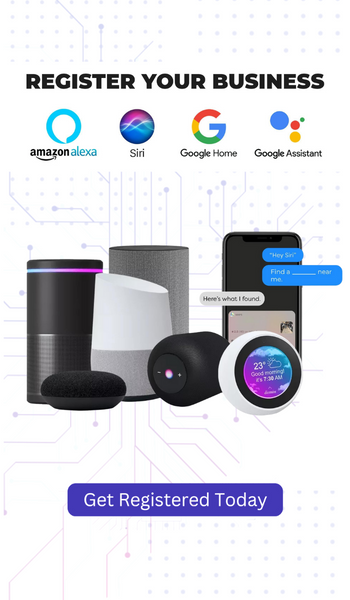n the ever-evolving landscape of SEO, staying ahead of the curve is crucial for website owners and digital marketers.
Google’s introduction of Core Web Vitals as a key ranking factor has set a new benchmark for website performance, user experience, and ultimately, search engine rankings.
This comprehensive guide delves into the intricacies of Core Web Vitals, offering actionable insights to prepare your website for these pivotal changes.
Understanding Core Web Vitals
Before diving into preparation strategies, it’s essential to grasp what Core Web Vitals are. These are a set of specific factors that Google considers important in a webpage’s overall user experience.
Core Web Vitals are part of Google’s “Page Experience” signals, which include existing search signals such as mobile-friendliness, safe-browsing, HTTPS-security, and intrusive interstitial guidelines.
The Three Pillars of Core Web Vitals
- Largest Contentful Paint (LCP): This measures loading performance. To provide a good user experience, LCP should occur within 2.5 seconds of when the page first starts loading.
- First Input Delay (FID): This quantifies interactivity. Pages should have an FID of 100 milliseconds or less.
- Cumulative Layout Shift (CLS): This metric measures visual stability. To ensure a good user experience, pages should maintain a CLS of 0.1. or less.
Analyzing Your Current Performance
Before you can improve, you need to know where you stand. Tools like Google’s PageSpeed Insights, Lighthouse, and Chrome User Experience Report can help you evaluate your website’s current performance in terms of Core Web Vitals.

Optimizing for Largest Contentful Paint (LCP)
Improving LCP involves speeding up load times. Here are key strategies:
- Optimize Your Images: Use modern formats like WebP and ensure they’re compressed and correctly sized.
- Leverage Browser Caching: Store frequently used resources locally to reduce load times.
- Improve Server Response Time: Consider upgrading your hosting solution or optimizing your server.
Enhancing First Input Delay (FID)
To improve FID, focus on JavaScript:
- Minimize JavaScript Execution Time: Reduce the amount of JavaScript needed for your page or defer non-essential scripts.
- Use a Web Worker: Offload some tasks to a background thread.
- Optimize for Interaction Readiness: Prioritize interactive elements to become functional as soon as possible.
Reducing Cumulative Layout Shift (CLS)
To minimize CLS, ensure visual stability:
- Specify Image and Video Dimensions: Predefine sizes in your site’s CSS or HTML.
- Avoid Inserting New Content Above Existing Content: Especially if it pushes down content post-load.
- Use Font Display Options: Opt for font-display: swap to minimize layout shifts due to font loading.
Mobile Optimization Is Crucial
With the majority of internet traffic coming from mobile devices, ensuring your website is mobile-friendly is non-negotiable. This includes responsive design, fast loading times, and easy navigation.
The Role of Content in Core Web Vitals
While technical aspects are crucial, content quality remains king. Ensure your content is engaging, relevant, and structured in a way that complements your technical optimizations.
Regular Monitoring and Updates
Core Web Vitals are not a one-time fix. Regular monitoring and updates are essential. Use tools like Google Search Console to keep track of your performance and make adjustments as needed.
Future-Proofing Your Website
Staying updated with Google’s algorithm changes and adapting to new technologies and user behaviors is key to future-proofing your website.
Collaboration Between Teams
SEO is not just the job of one team. Developers, designers, content creators, and marketers must collaborate to optimize for Core Web Vitals.
Educating Yourself and Your Team
Staying informed about the latest trends and best practices in SEO and web development is crucial. Regular training and knowledge sharing can significantly impact your website’s performance.
Conclusion
Preparing for Google’s Core Web Vitals is not just about appeasing algorithms but about providing the best possible experience for your users.
By focusing on Largest Contentful Paint, First Input Delay, and Cumulative Layout Shift, and embracing a holistic approach to website optimization, you can significantly improve your website’s performance, user experience, and search engine rankings.
Remember, the digital world is constantly evolving, and staying ahead requires continuous learning, testing, and adapting.
Your efforts in optimizing for Core Web Vitals today will not only benefit your SEO but will enhance the overall quality and competitiveness of your website in the digital landscape.
Have questions? Reach out today.



